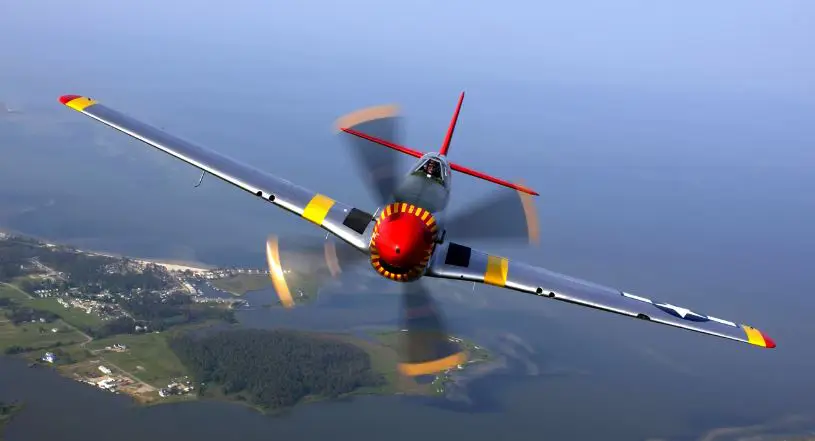Solid Fuel Ducted Ramjet India (sfdr) | UPSC – IAS
Differences between Ramjet and Scramjet Engine
- Ramjet: A ramjet engine does not have any turbines unlike the turbojet engines. It achieves compression of intake air just by the forward speed of the air vehicle.
- A ramjet, sometimes referred to as a flying stovepipe or an athodyd, is a form of airbreathing jet engine that uses the engine’s forward motion to compress incoming air without an axial compressor or a centrifugal compressor.
- Scramjet Engine: A scramjet is a variant of a ramjet airbreathing jet engine in which combustion takes place in supersonic airflow.
- It is an improvement over the ramjet engine as it efficiently operates at hypersonic speeds and allows supersonic combustion. Thus it is known as Supersonic Combustion Ramjet, or Scramjet.
Solid Fuel Ducted Ramjet India (sfdr) 2019 | UPSC – IAS
SFDR is an Indo-Russian R&D project which has been established to develop a long-range air-to-air missile and a surface-to-air missile system in near future. It was started in 2013 to develop the technology and demonstrate it in 5 years.
- The Defence Research Development Laboratory (DRDL), Hyderabad is the lead agency for the collaborative mission project.
- At present, the conventional missiles use booster or sustainer configuration with solid or liquid propellants. They do not allow the missile enough energy to maintain its speed and tackle a maneuvering target.
- SFDR technology, based on the ramjet propulsion system depends only on its forward motion at supersonic speed to compress intake air and the engine flow-path components have no moving parts.
- Unlike solid rocket propellant whose formulation is approximately 20% fuel and 80% oxidizer, the solid ramjet fuel is 100% fuel and obtains oxidizer from air, with the result being approximately four times the specific impulse (the product of thrust and time divided by propellant weight) as compared to solid rocket propellant.
- Hence, this air breathing ramjet propulsion technology helps propel the missile at high supersonic speeds (above Mach 2) for engaging targets at long ranges.
- Consequently, it has inherent simplicity, reliability, lightweight, and high-speed flight capability not possible with other air-breathing engines.




